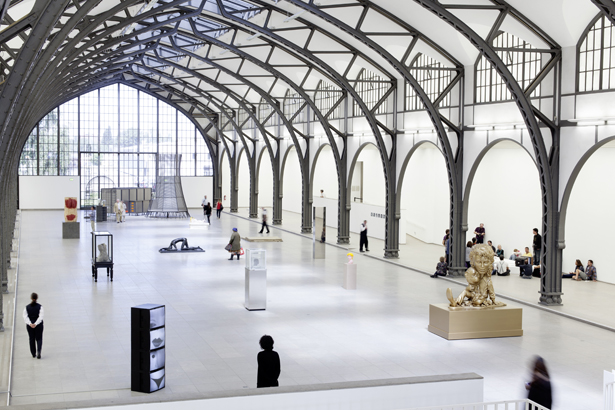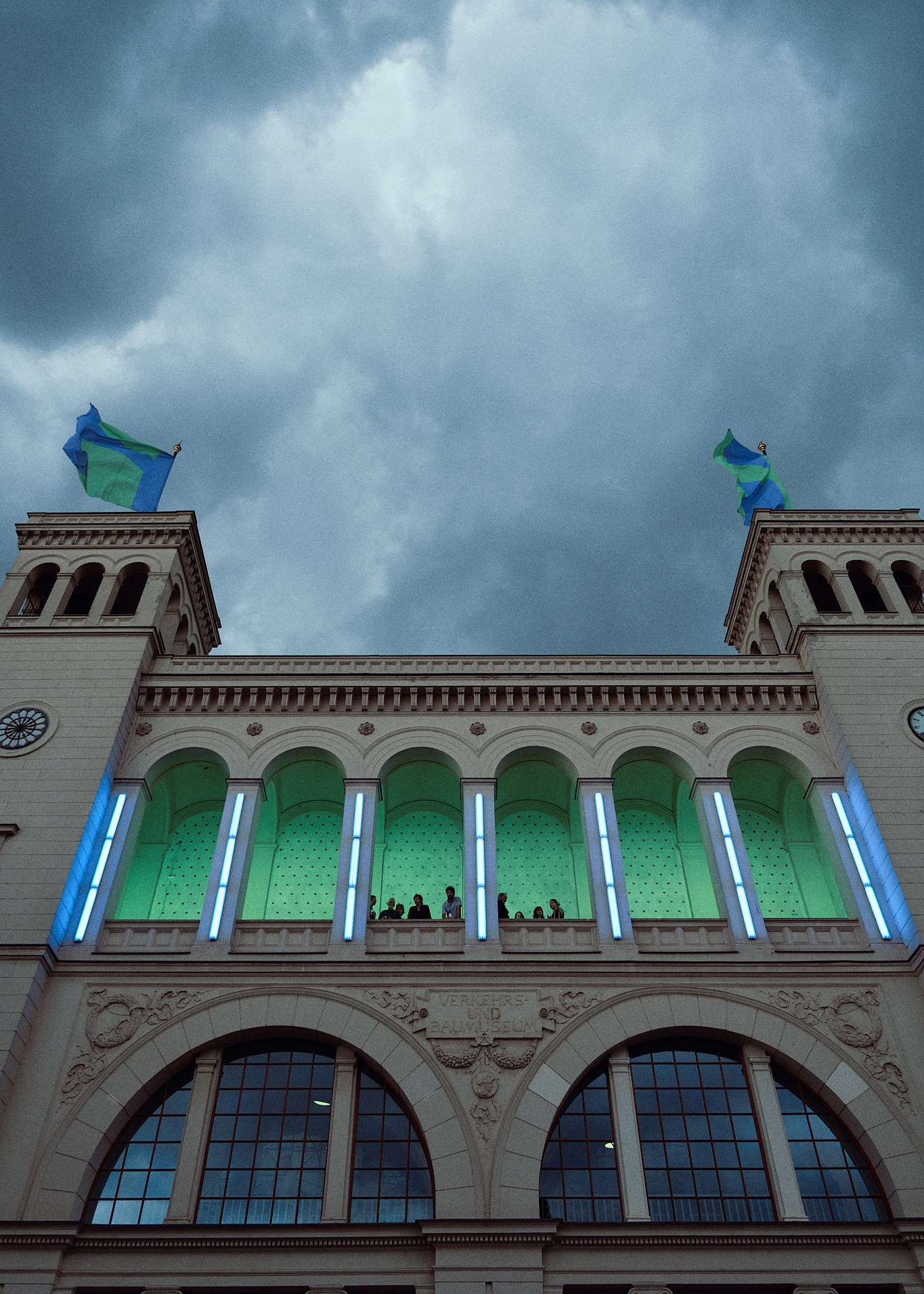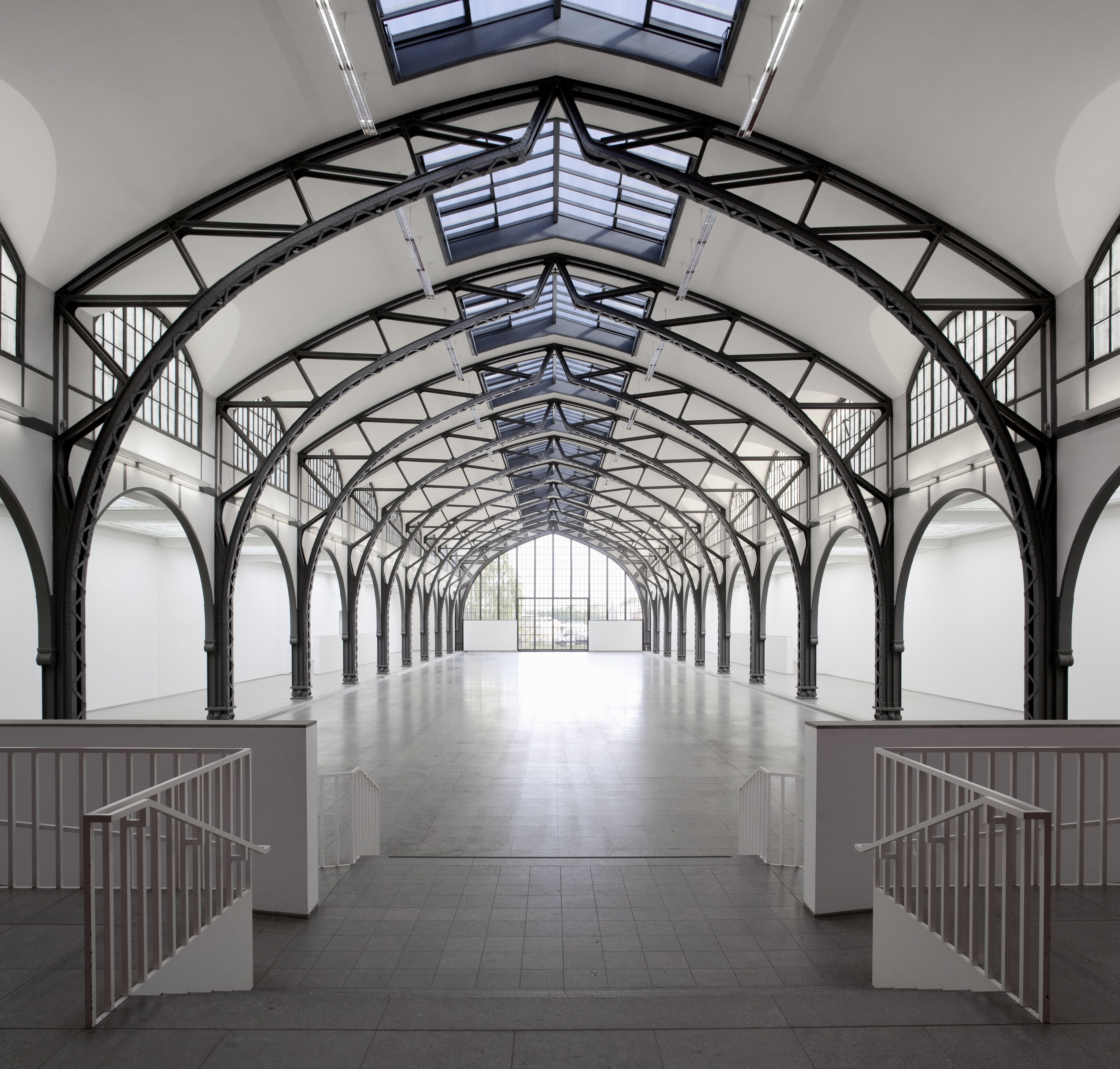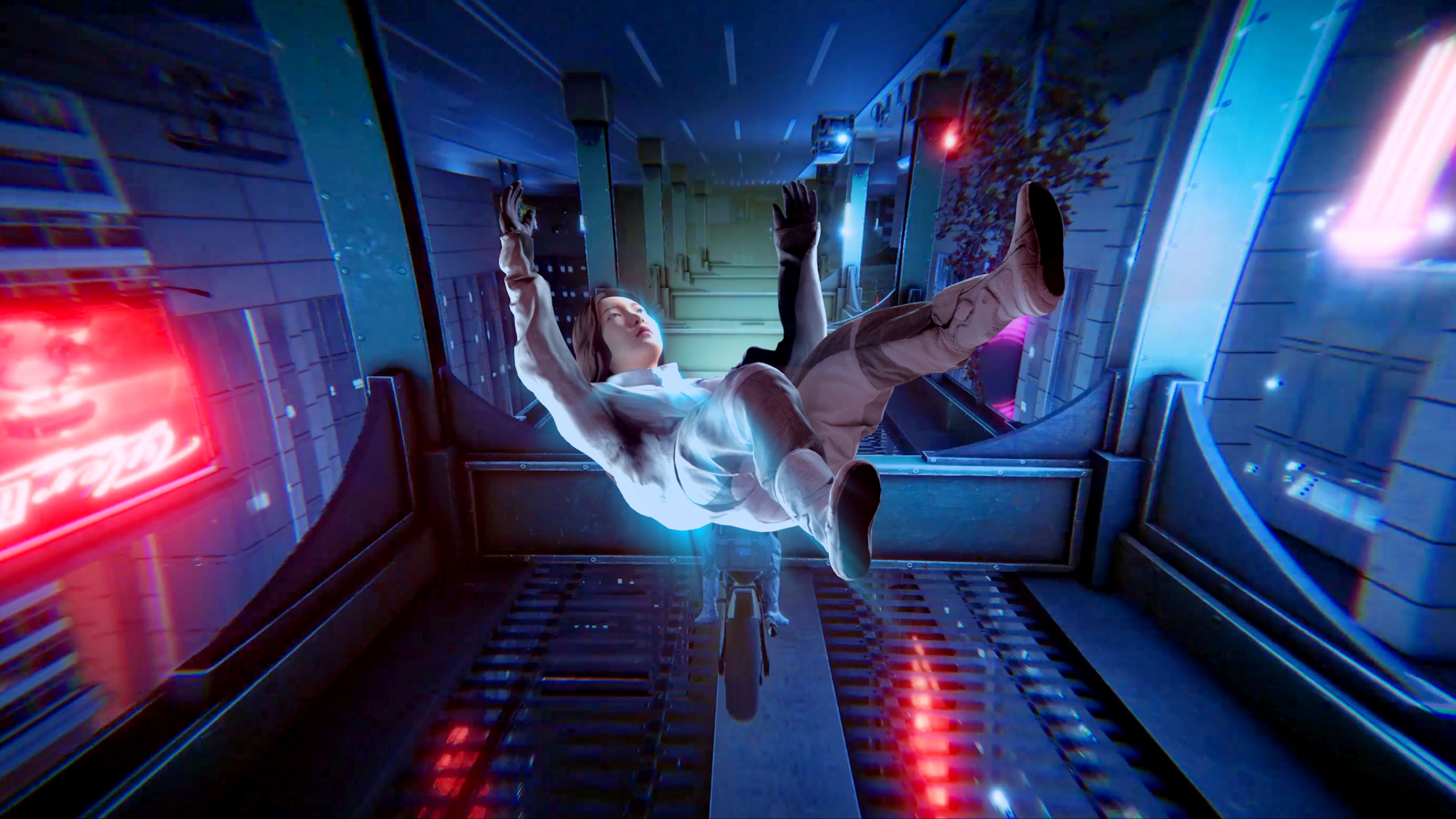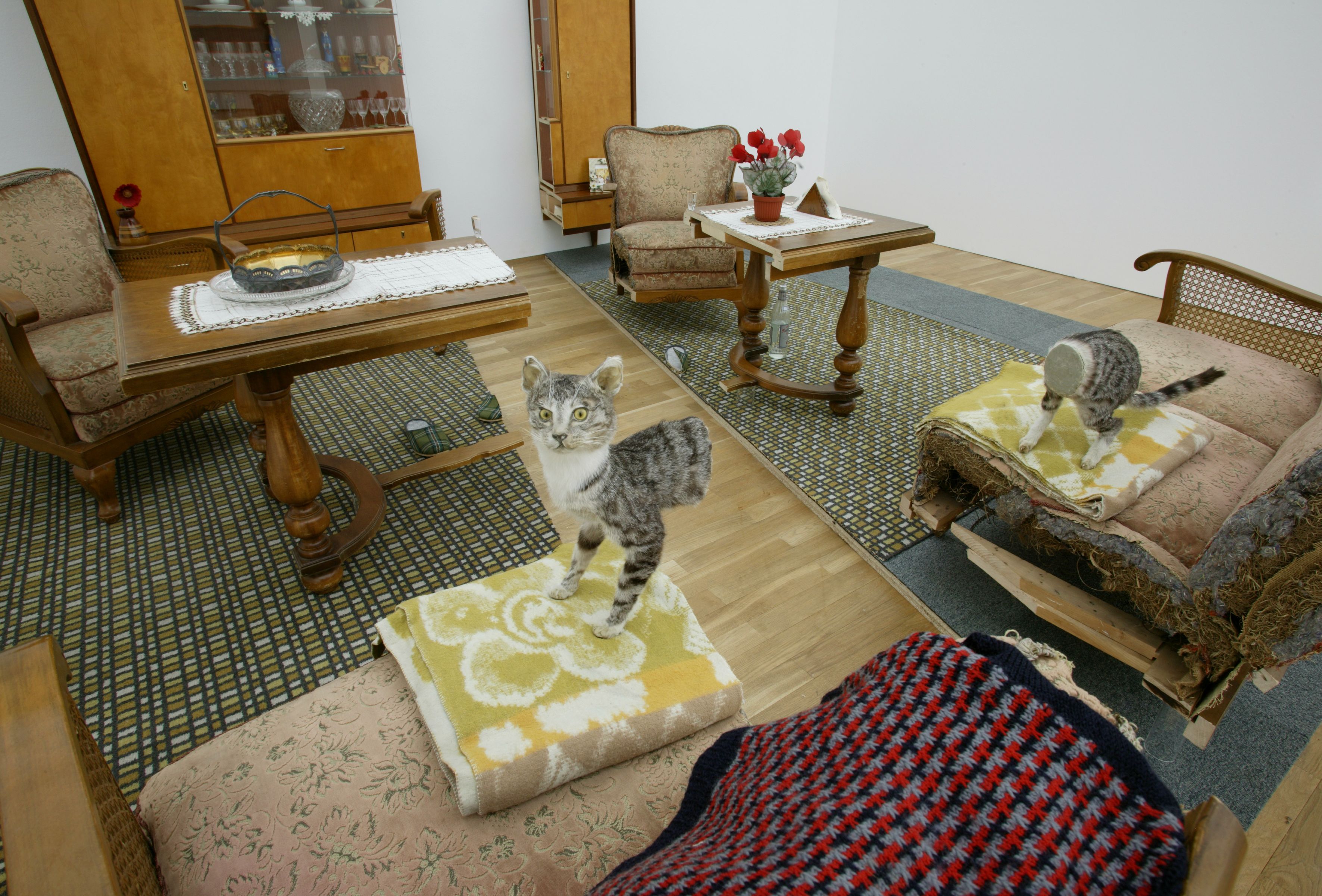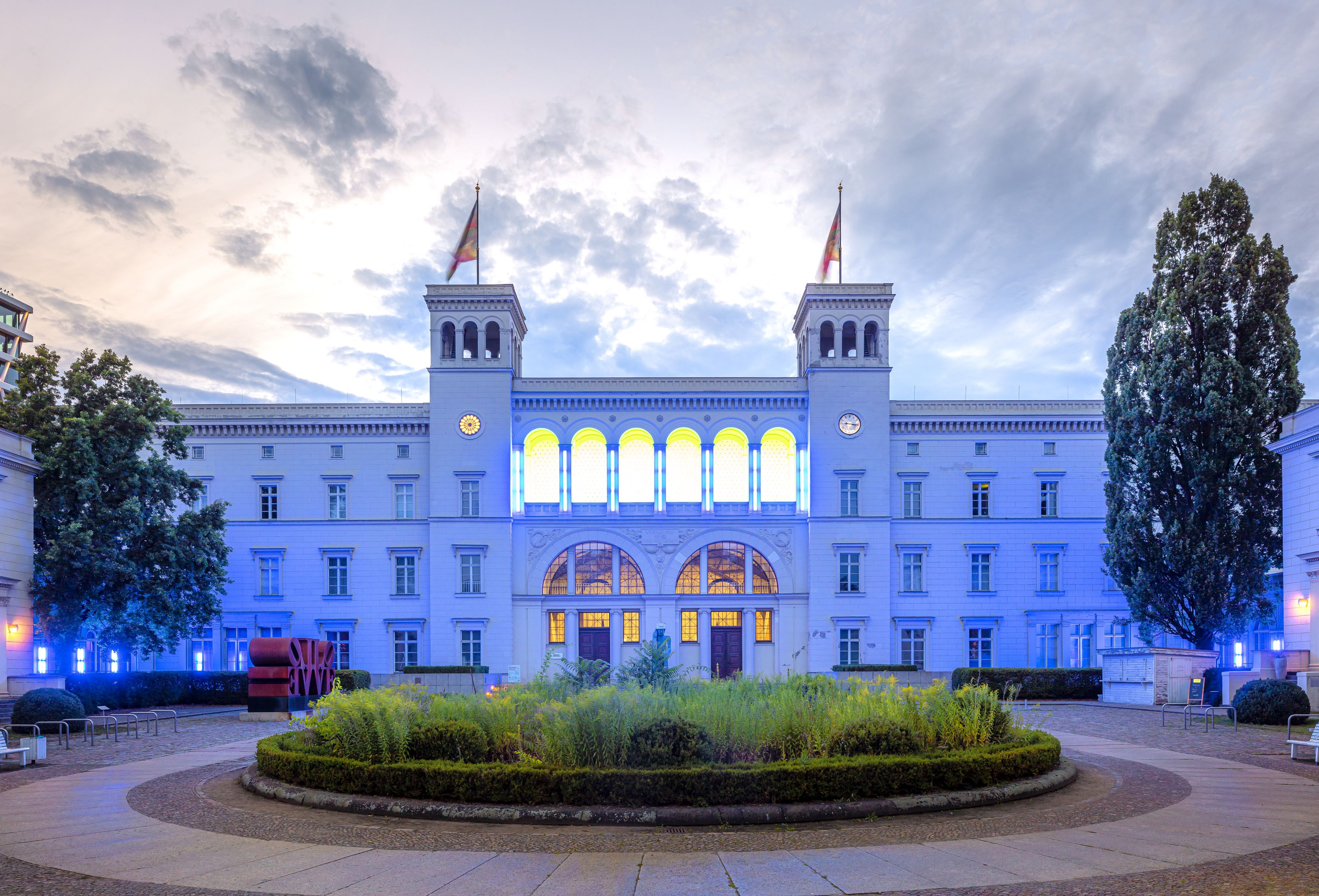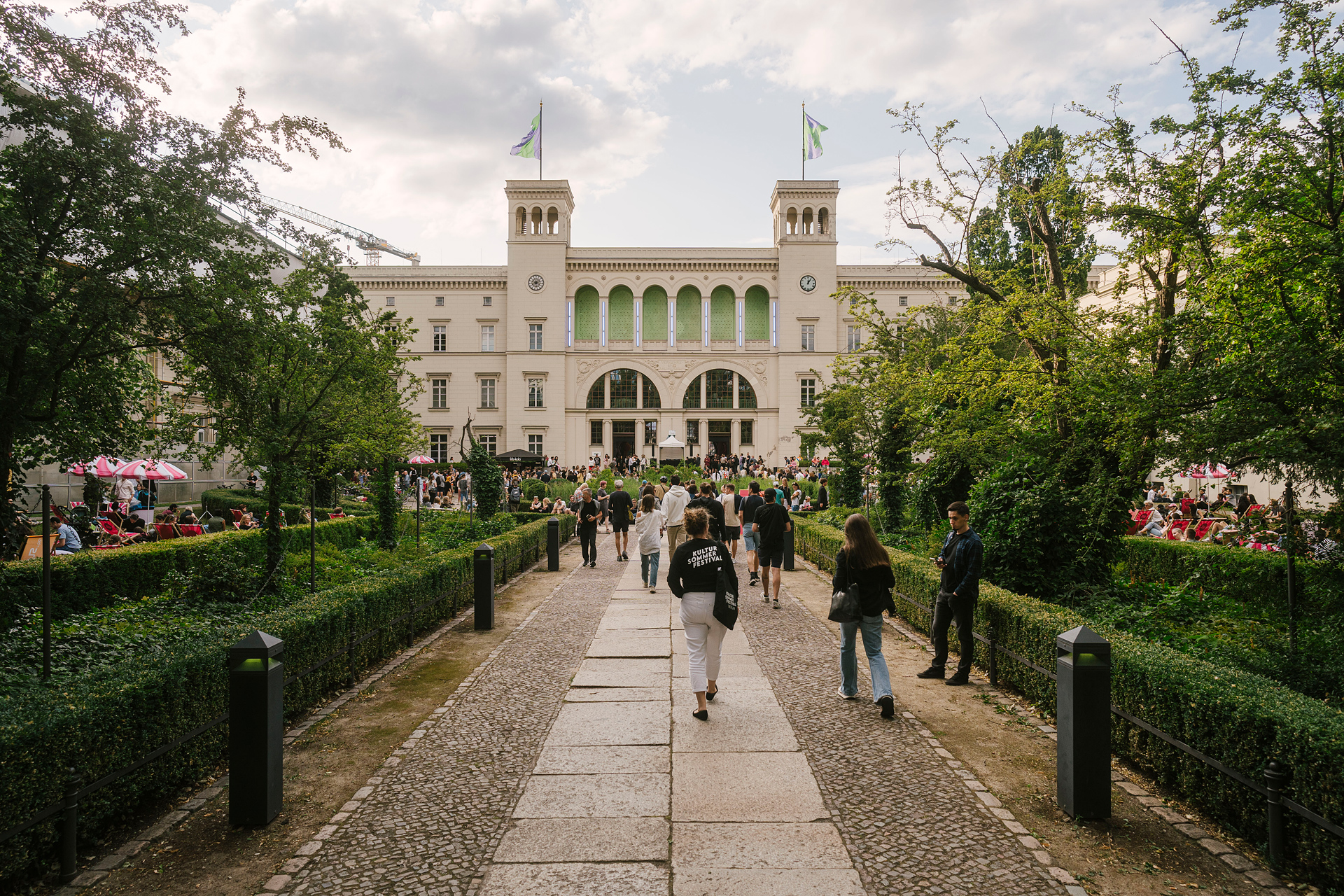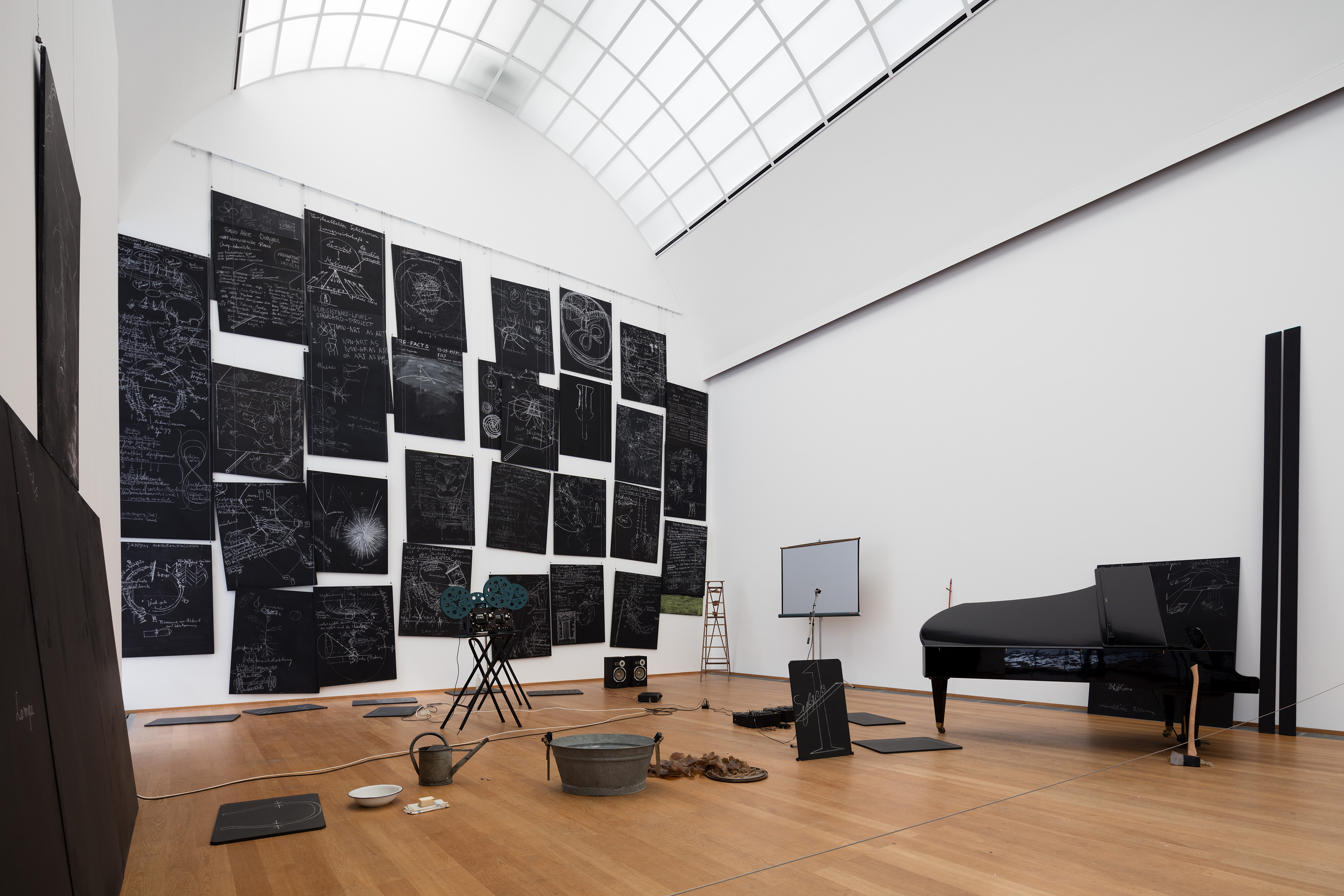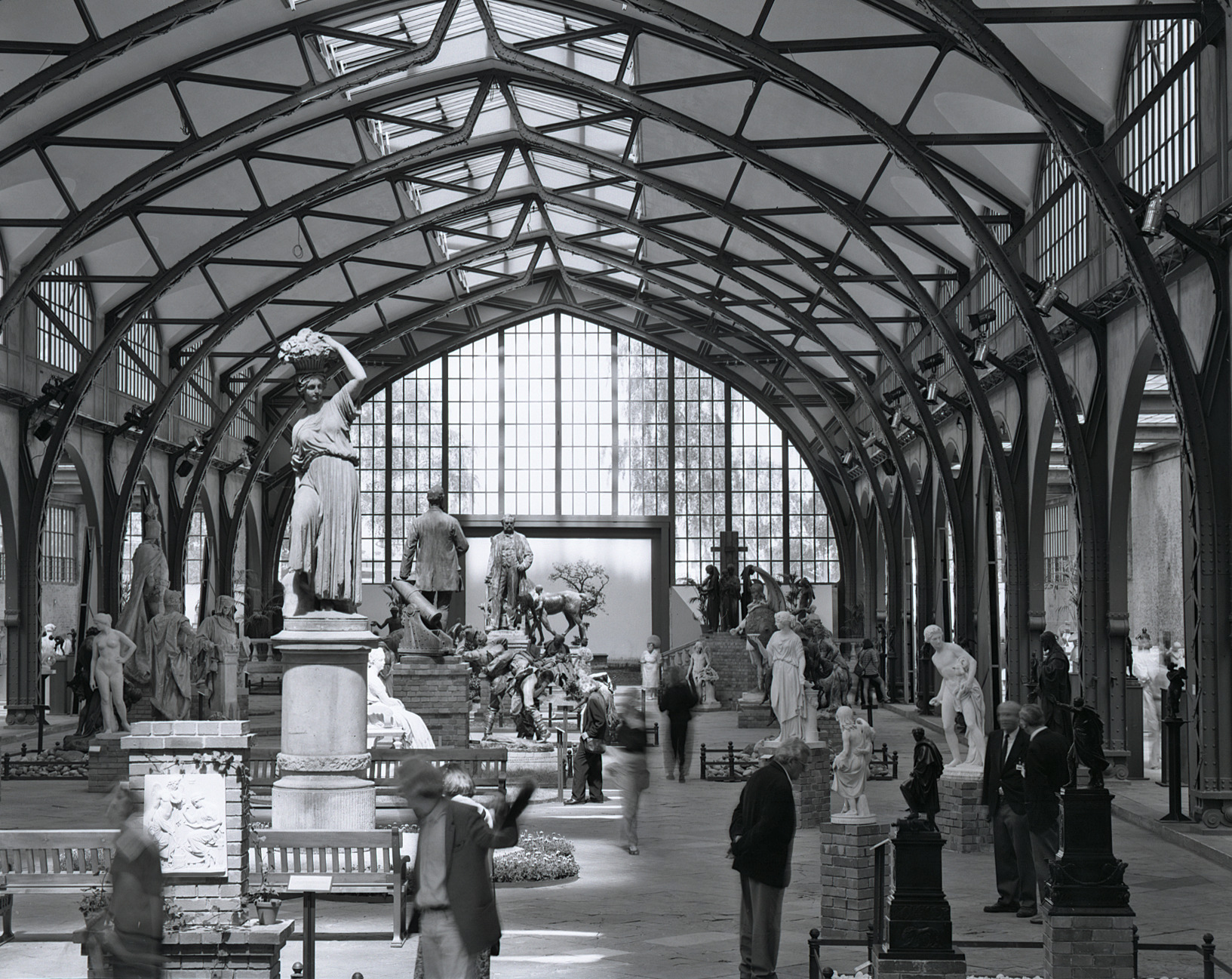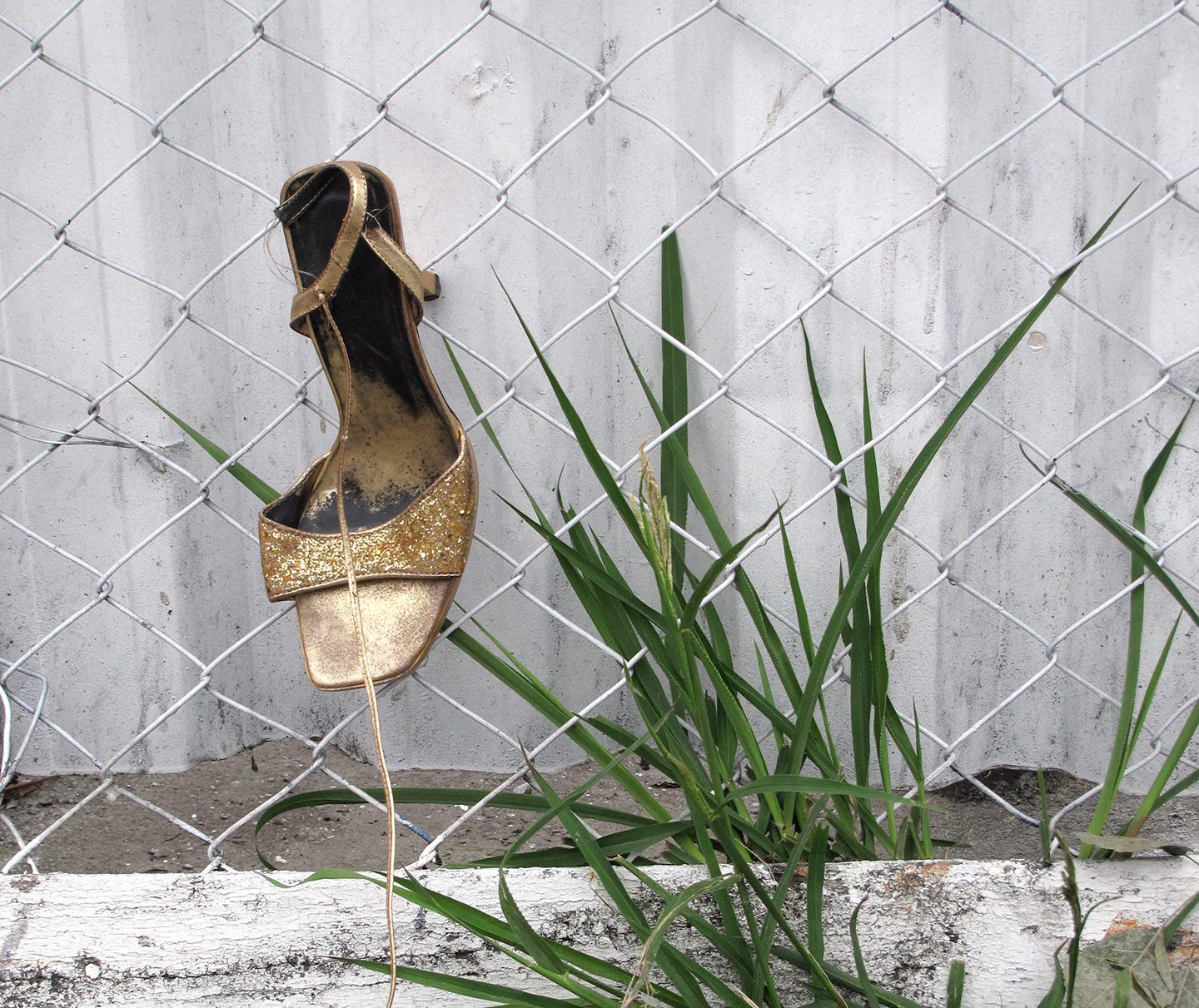Body Pressure: Sculpture since the 1960s
Until 12 January 2014
Hamburger Bahnhof – Museum für Gegenwart – Berlin
Staatliche Museen zu Berlin
Invalidenstrasse 50-51
10557 Berlin
Germany
www.hamburgerbahnhof.de
Facebook / Twitter
Upcoming lectures
Wulf Herzogenrath: “Figuration and Video Sculpture”
21 November, 6pm
Guido Reuter: “The Pedestal in 20th-Century Sculpture”
5 December, 7pm
Aktionsraum, Hamburger Bahnhof – Museum für Gegenwart – Berlin
The lectures are in German. Admission is free.
Body Pressure: Sculpture since the 1960s
This exhibition examines the many different approaches to the human figure in contemporary sculpture through a selection of works from the collections of the Nationalgalerie. Free of any exhibition architecture, the expansive historic hall is transformed into a light-flooded “sculpture garden.”
Sculpture, which since antiquity has largely served the representation of the human figure, has changed more dramatically since the 1960s, bringing about profound cultural and social changes, than in any other period in its long history of development. In its materials, subject matter, and involvement of the viewer, sculpture becomes more multi-faceted than ever before. The materiality of works changes dramatically beginning in the 1960s; in addition to marble and bronze, artists use plastic, ceramics, wax, rubber, and even their own excrements. Figurative sculpture no longer symbolizes the claims of public representation, and demonstrations of power. It no longer serves as monument. In the context of feminist critique and the process-based art of the 1970s, sculpture expands into the dimension of the performative. The body itself—of the artist as well as the viewer—becomes a sculptural object. Often fragmented and abstract, the figurative sculpture of the present negotiates the social and cultural context of its origin as well.
Exhibition curated by Henriette Huldisch and Lisa Marei Schmidt.
Public program organized by Daniela Bystron.
